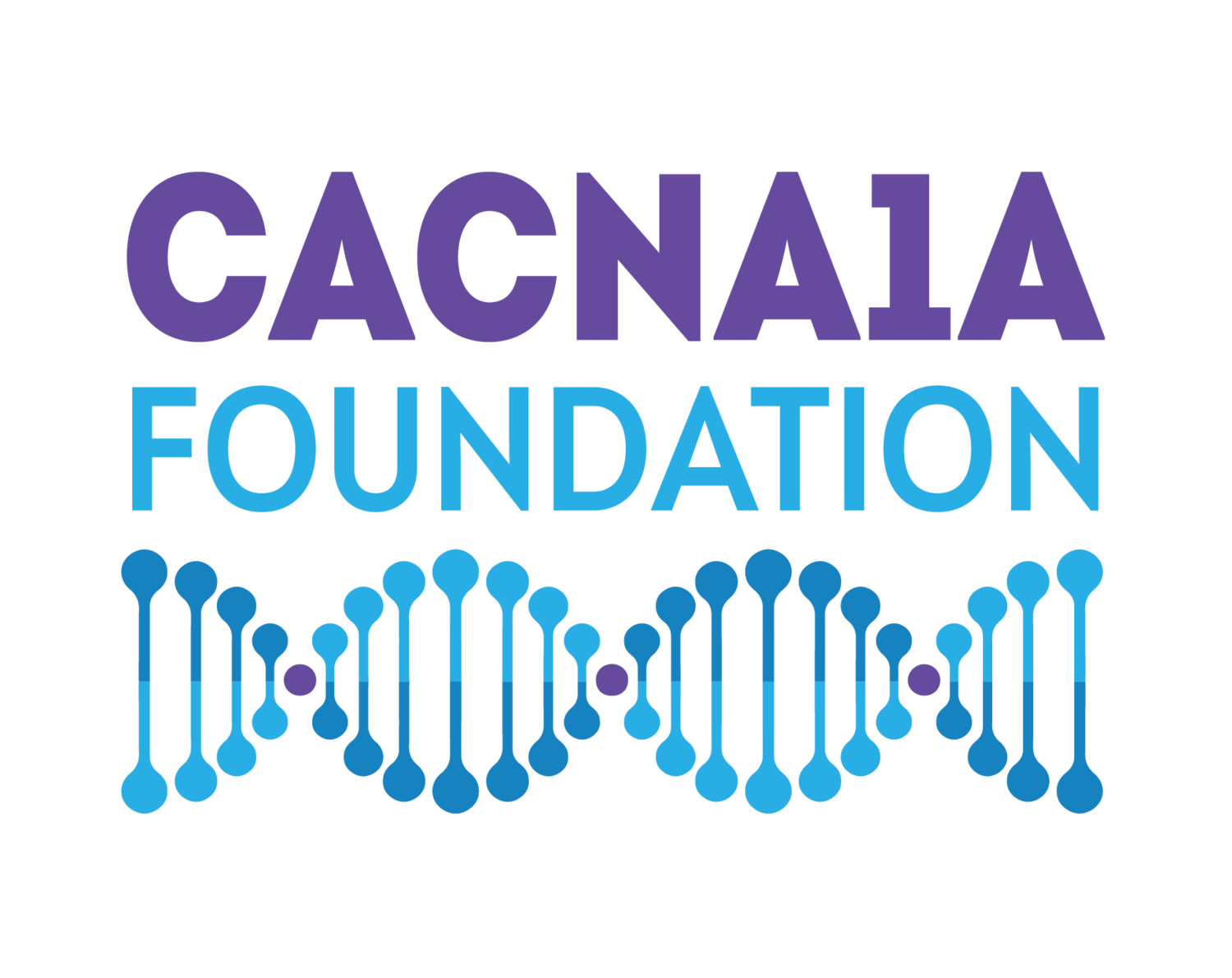CACNA1A-Related Hemiplegic Migraine Resource Library
CACNA1A-related Hemiplegic Migraine is a medical emergency that requires immediate treatment to prevent permanent damage, or even death.
It should be treated with the same sense of urgency as a seizure.
-
This guide is intended to be used by clinicians to support their patients. It includes a clinic appointment checklist as well as an abridged guide for the emergency department.
-
This guide may be printed to provide education to families about CACNA1A-related severe hemiplegic migraines.
-
About CACNA1A Hemiplegic Migraine
Prepare for a First Time Event (including videos & quotes from caregivers)
Emergency Action Plans (including a sample plan)
-
The CACNA1A Foundation is spearheading an effort to bring together hemiplegic migraine expert clinicians, researchers and families to develop and publish a consensus-based treatment guidelines resource for CACNA1A-related hemiplegic migraines. These guidelines will be based on the published literature and experiences of our clinicians and families. While CACNA1A mutations are associated with Familial Hemiplegic Migraines, data on the clinical care of hemiplegic migraines is quite limited, especially in the pediatric population.
We envision that the resource would be used as a guide (i) by clinicians to assist with their treatment decisions and discussions with CACNA1A patients and caregivers both in the emergency and clinical settings and (ii) by patients and caregivers to prevent and prepare for hemiplegic migraine-related emergencies.
This initiative is born out of our CACNA1A community’s experience with suffering the consequences of severe hemiplegic migraine episodes, resulting from delays in recognizing and treating such episodes. Our goal in developing this resource is to help improve the management and care of CACNA1A-related hemiplegic migraines.
Panel members
Zameel Cader, DPhil, MRCP
David Dodick, MD, FAAN
Anne Ducros, MD, PhD
Ingo Helbig, MD
The resources on this page are evolving as our panel makes progress on a consensus for treatment guidelines. Given the potential consequences of CACNA1A-related hemiplegic migraines, we felt a sense of urgency to provide an immediate resource for families and their physicians. Please return to this page for updated guidelines and additional resources in the near future. The contents of this guide are not intended to substitute for professional medical advice, diagnosis or treatment. Please consult your physician for personalized medical advice.

